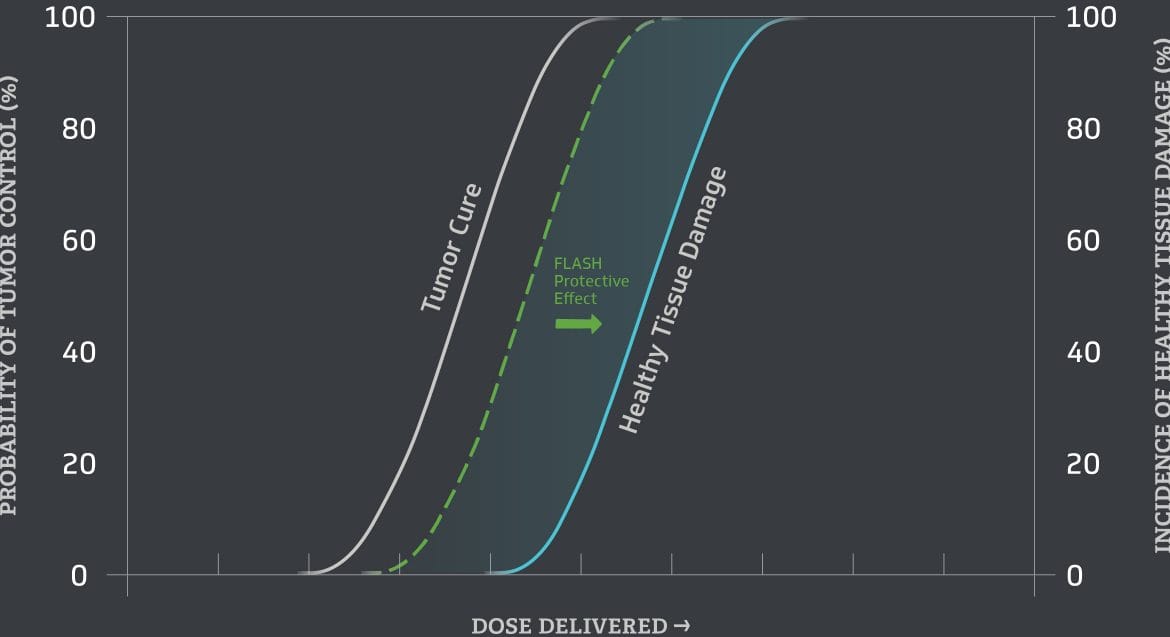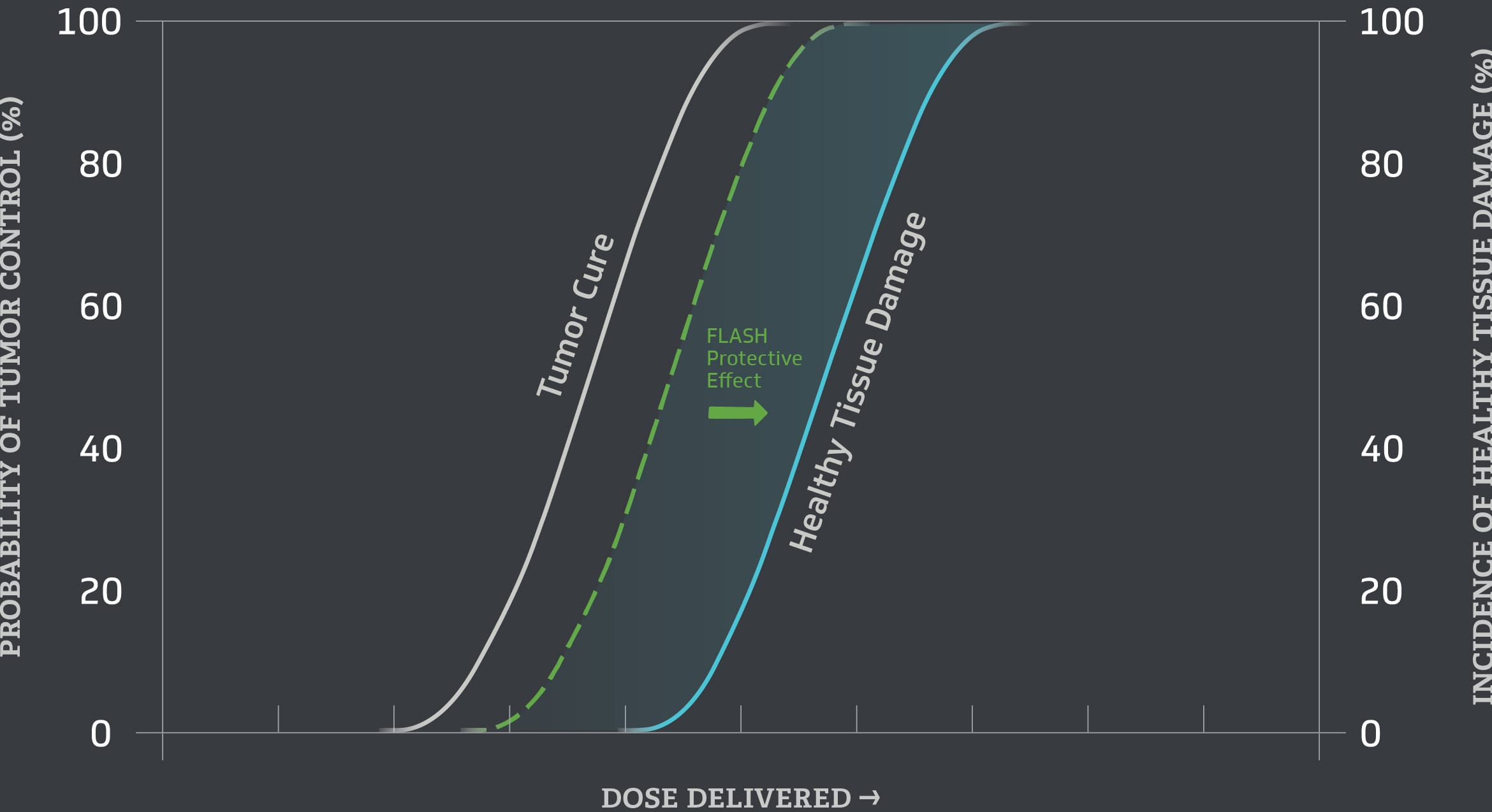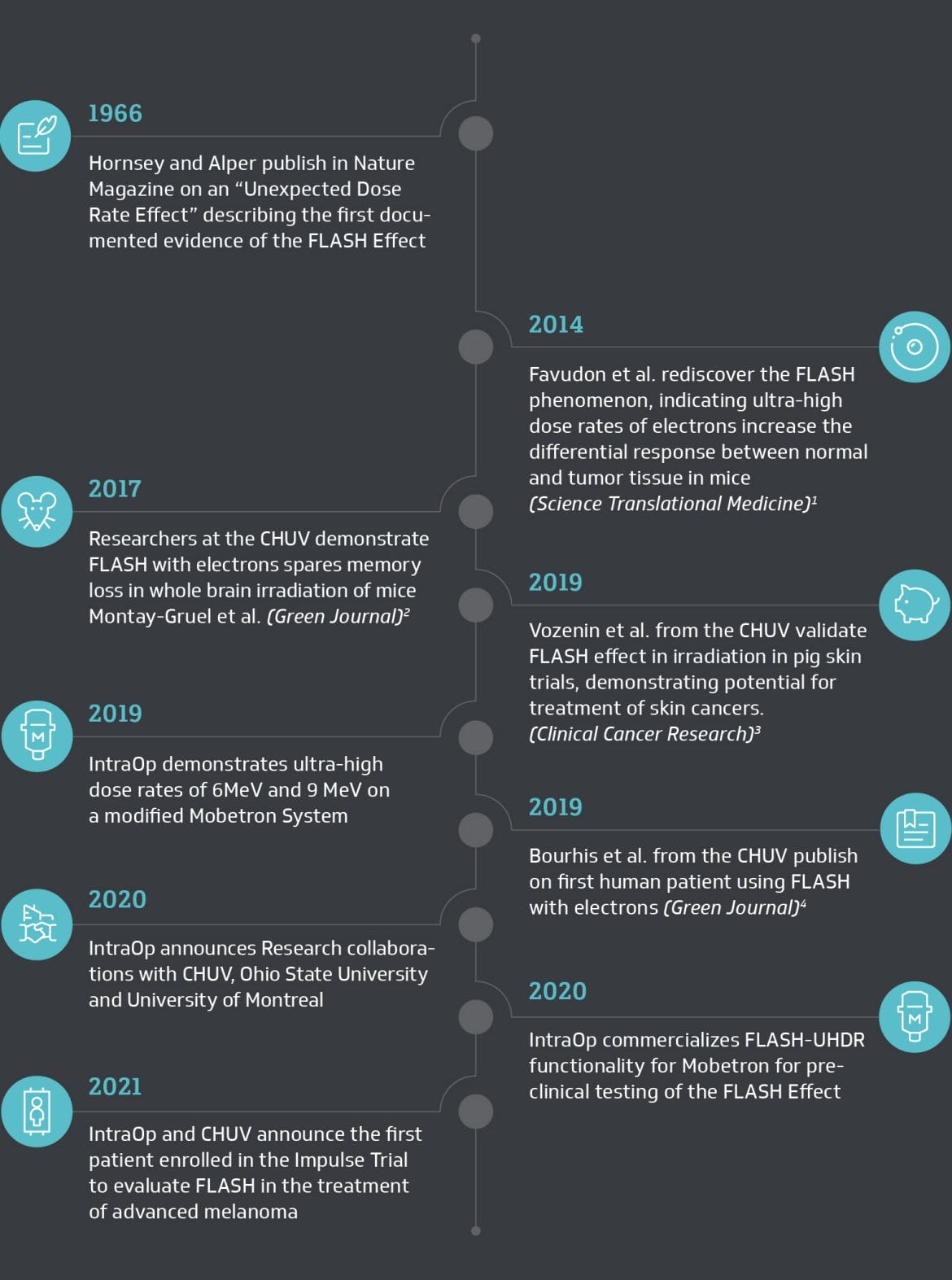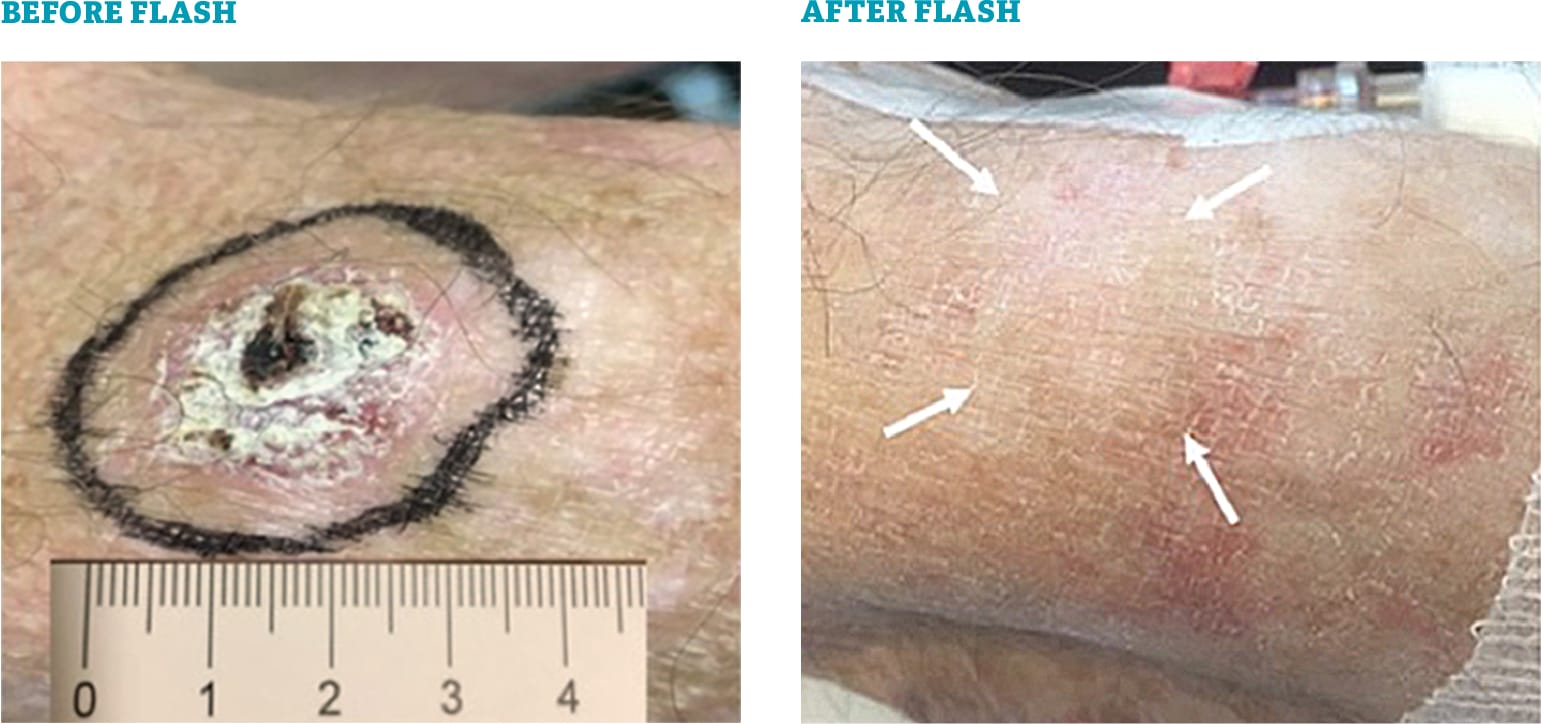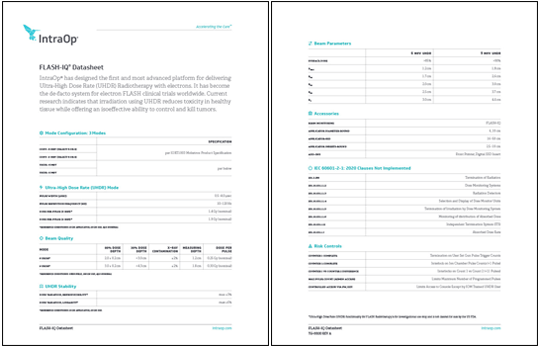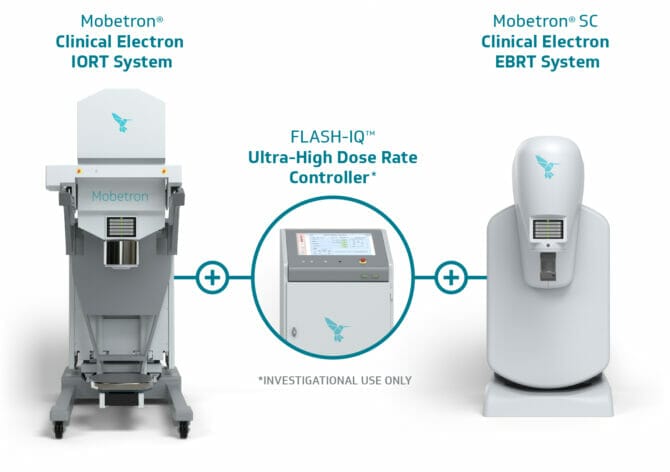We look forward to sharing the ways FLASH with electrons is advancing the future of radiotherapy.
Leading Researchers Tell the Story of FLASH Radiotherapy
Marie-Catherine Vozenin, PhD, HDR
Chief of Radiation Oncology Research Lab Lausanne University Hospital | CHUV
